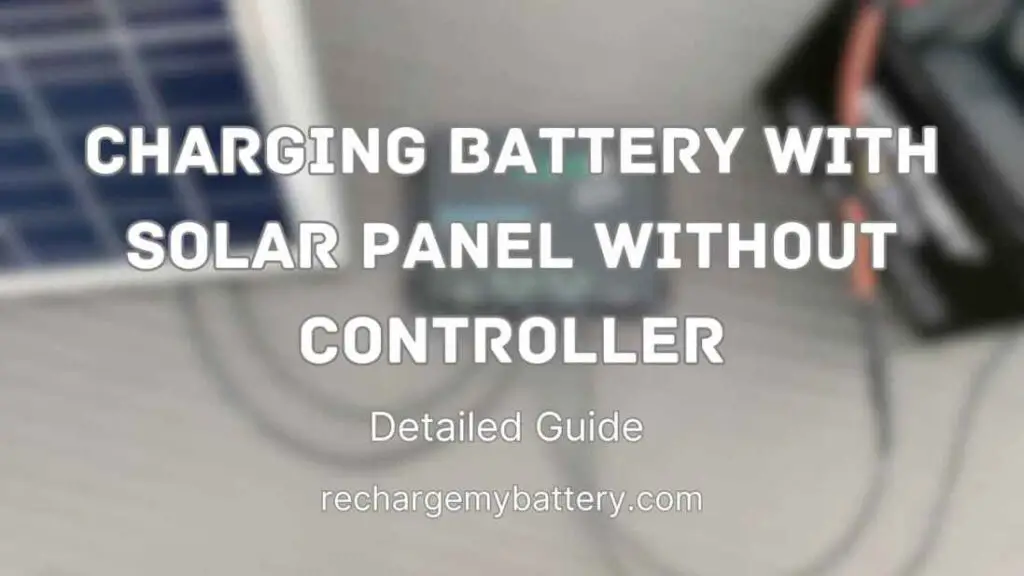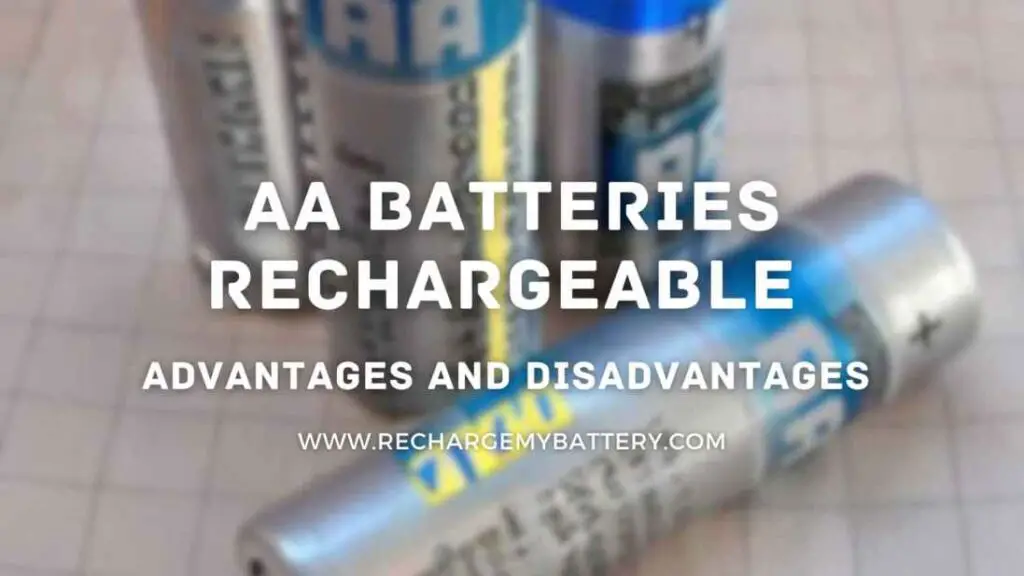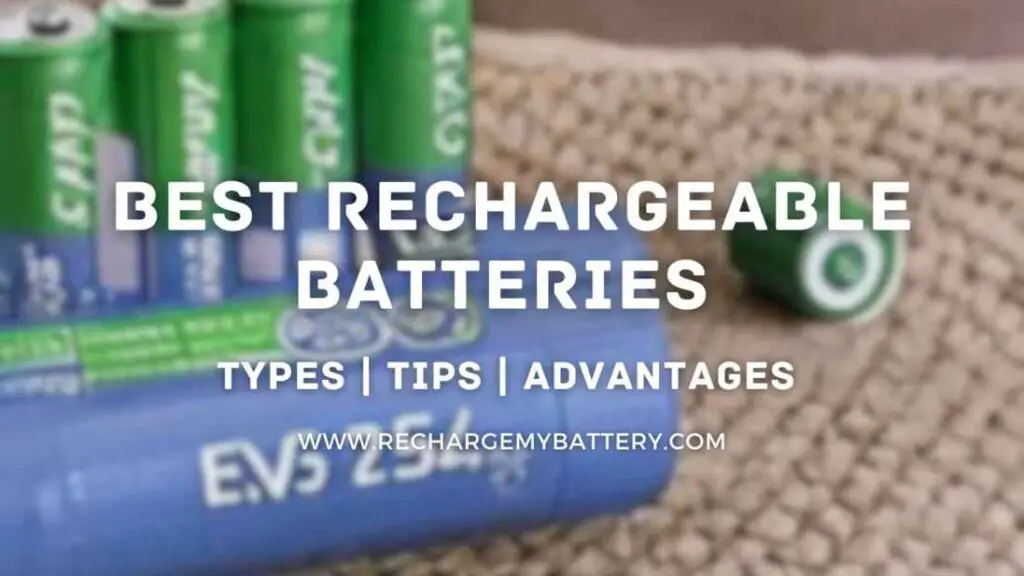Renewable energy sources, particularly solar power, are gaining immense popularity. Solar panels harness the sun’s energy to power a wide range of devices. While using a solar panel controller is commonly advised for battery charging, an alternative method exists direct battery charging from the solar panel itself.
This article examines the pros and cons of bypassing the controller and sheds light on the topic of battery charging without a solar panel controller.
1. What is a Solar Panel Controller?
The solar panel controller, also referred to as a charge controller or regulator, serves as a crucial intermediary between the solar panel and the battery. Its primary function is to regulate the flow of electrical energy, overseeing the transfer from the solar panel to the battery.
By effectively managing this energy exchange, it safeguards the battery from potential issues such as overcharging or undercharging.
2. Importance of a Solar Panel Controller
Recognizing the profound importance of a solar panel controller unveils its indispensable role in preserving the battery’s health and longevity. Through meticulous optimization of the charging process, this remarkable device shields the battery from detrimental consequences caused by overcharging or deep discharging.
Moreover, it ensures the utmost efficiency in transferring energy, thus maximizing the overall performance of the system.
3. Charging Battery with Solar Panel without a Controller
Opting to charge a battery directly from a solar panel, without the assistance of a controller, unveils a path with potential risks and drawbacks. Without the regulation provided by a controller, the charging process becomes susceptible to a host of challenges, including overcharging, undercharging, and inefficient energy transfer.
When embarking on this alternative approach, several factors demand careful consideration. The battery’s capacity, the solar panel’s output, and the availability of sunlight all influence the success of the endeavor. Diligent monitoring and manual intervention become imperative to prevent detrimental consequences that could harm the battery.
4. Using a Solar Panel Controller
Incorporating a solar panel controller into the battery charging process yields a myriad of advantages. This essential component ensures the optimization of charging conditions by expertly regulating the flow of energy.
By doing so, it shields the battery from the perils of overcharging and safeguards against the pitfalls of deep discharging. Moreover, the controller enhances energy conversion efficiency, prolonging the battery’s lifespan for sustained performance.
Within the realm of solar panel controllers, there exist distinct types, including the venerable PWM (Pulse Width Modulation) and the advanced MPPT (Maximum Power Point Tracking) controllers. Each variant offers unique features and advantages, allowing for tailored selections based on specific requirements and system configurations.
5. Choosing the Right Solar Panel Controller
The meticulous selection of a solar panel controller holds the key to achieving efficient and secure battery charging. Critical factors to evaluate encompass battery type, charging requirements, system voltage, and the solar panel’s maximum output.
It is imperative to align the controller’s capabilities with the system’s specific specifications to unlock unparalleled performance and ensure the battery’s enduring vitality.
6. Maintenance Tips for Solar Panel Controllers
Safeguarding the optimal functionality and longevity of solar panel controllers necessitates regular maintenance practices. Initiating a routine that encompasses thorough cleaning and meticulous inspection of both the controller and solar panels eradicates any accumulated dirt, debris, or potential obstructions.
Furthermore, prioritizing battery maintenance, which includes adhering to proper charging techniques and periodic inspections, becomes instrumental in unlocking the system’s maximum potential and unwavering performance.
7. Troubleshooting Common Issues
Even with the implementation of a solar panel controller, occasional hurdles may surface, impacting charging efficiency and battery well-being. Low charging efficiency, often attributed to shading, suboptimal panel positioning, or flawed connections, can hinder the process.
Overcharging, a peril that jeopardizes battery integrity, may arise from erroneous controller settings or a malfunctioning controller.
Furthermore, battery drain concerns may emerge due to inadequate controller configuration or underlying battery health issues. Swiftly identifying and rectifying these obstacles assumes paramount importance, ensuring the perpetuation of an effective and dependable solar charging system.
Conclusion
In conclusion, while it is technically possible to charge a battery directly from a solar panel without a controller, using a solar panel controller offers significant advantages. The controller ensures efficient and safe charging, protects the battery from damage, and maximizes energy conversion efficiency.
Careful consideration should be given to selecting the right controller based on the system’s requirements and specifications.
Thank you very much for reading this informative article.
FAQs
Q1. Can I charge a battery with a solar panel without a controller?
Q2. What are the risks of charging a battery without a solar panel controller?
Q3. How does a solar panel controller work?
A solar panel controller plays a vital role in managing the flow of electrical energy from the solar panel to the battery. Its primary function is to establish and maintain optimal charging conditions, effectively preventing both overcharging and deep discharging of the battery.
By carefully regulating the energy flow, the controller ensures that the battery remains within safe and efficient charging parameters.
Q4. What are the different types of solar panel controllers?
1. PWM controllers are known for their simplicity and cost-effectiveness, making them a popular choice for smaller-scale applications.
2. MPPT controllers excel in maximizing energy conversion efficiency, particularly in larger systems where multiple solar panels are interconnected. The choice between PWM and MPPT controllers depends on the specific requirements and characteristics of the solar power system being utilized.
Q5. How do I choose the right solar panel controller?
By carefully matching these elements, the controller can effectively meet the specific charging needs of the system, contributing to its overall efficiency and effectiveness.


